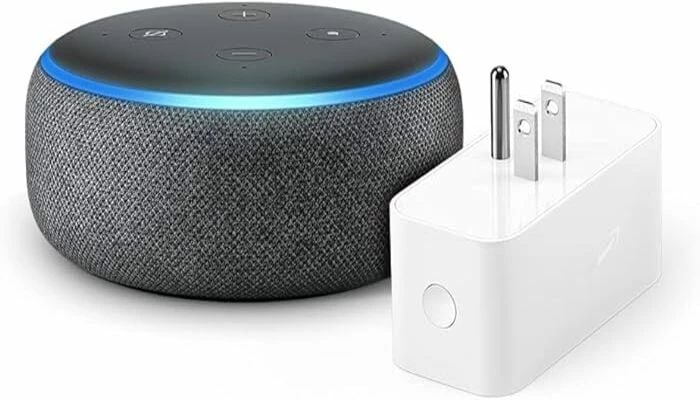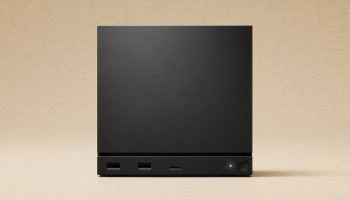
In today’s highly modernised world, AI-backed voice and digital assistants have made our lives much easier, and Amazon Alexa ranks among one of the most efficient AI voice assistants out there.
If you’re eager to read more about how Amazon Alexa works, and what procedural protocols are being followed behind it, then you’re at the right place.
Gadinsider is here to give you a brief walkthrough of how Alexa works, which might help you understand the complexities surrounding it better.
This technology has brought true the idea of controlling the entire digital world with the help of your voice only.
Here’s how Alexa works
You can find Alexa on various devices, but smartphones and Echo smart speakers are the most common devices.
Amazon's Echo series of devices is primarily designed and developed for the purpose of carrying out tasks in response to voice commands.
These devices simultaneously encompass all the capabilities you come across in a speaker, a computer, and an internet connection. Moreover, there’s also a little chunk of voice recognition technology inside them.
Order of task execution behind Alexa
What actually happens? When we say something to the Alexa-enabled devices, it records each word we say and then sends it back to Amazon's voice recognition service (AVS). AVS is a voice-enabled service which is integrated into every Alexa-enabled device.
The AVS server also utilises the Wake Word system active in Alexa-enabled devices. It determines what action you are trying to invoke by breaking down your commands into individual sounds.
Amazon’s servers then send the information back to your device and Alexa may speak if needed to say anything back.
And then finally, it recognises important words to make sense of your voice commands and then carries out the asked function.
The AVS is considered to be the brain of Alexa-enabled devices which perform all the complex operations such as Automatic Speech Recognition (ASR) and Natural Language Understanding (NLU) that Alexa is capable of.
















